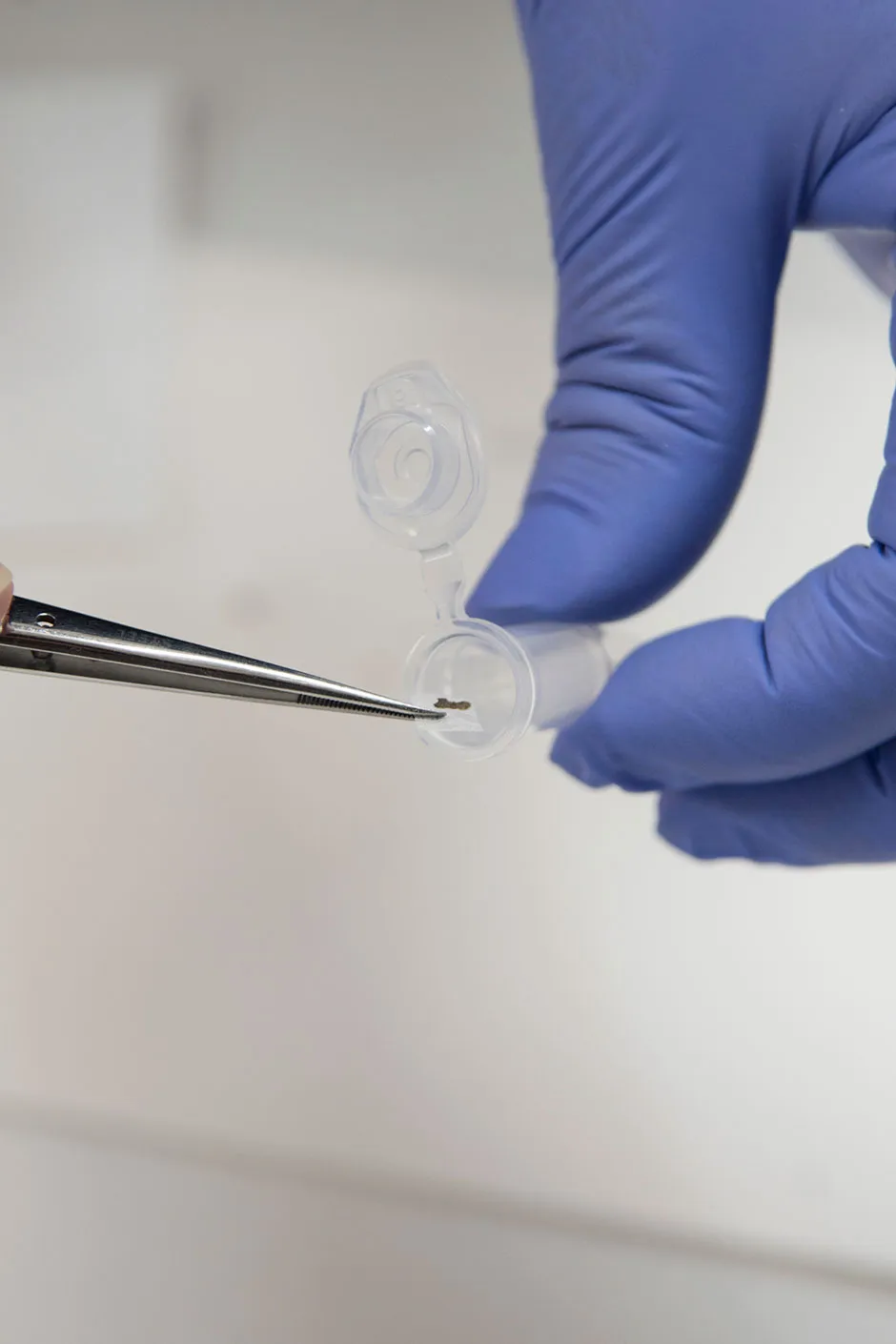Made up of more than 25,000 fragments of ancient manuscripts, the Dead Sea Scrolls are perhaps the world’s most challenging jigsaw puzzle. Since their discovery in the 1940s and 50s, researchers have worked to painstakingly piece them together with only limited success.
Now, researchers at Tel Aviv University have developed technique that may help to decipher the ancient scriptures using ‘DNA fingerprints’ lifted from the animal skins on which the enigmatic texts were written.
Read more about archaeology:
- Fossil footprints 'provide a tantalising snapshot of humankind’s earliest days'
- Early humans feasted on fish in the Sahara Desert 10,000 years ago
“The discovery of the 2,000-year-old Dead Sea Scrolls is one of the most important archaeological discoveries ever made," says Oded Rechavi of Tel Aviv University in Israel.
"However, it poses two major challenges: first, most of them were not found intact but rather disintegrated into thousands of fragments, which had to be sorted and pieced together, with no prior knowledge on how many pieces have been lost forever, or - in the case of non-biblical compositions - how the original text should read.
"Depending on the classification of each fragment, the interpretation of any given text could change dramatically.”
The team extracted ancient DNA of the animals that were used to make the parchments and then used forensic-like analysis to establish genetic relationships between the different fragments.

The DNA sequences revealed that the parchments were mostly made from sheep, and some from cow. They reasoned that pieces made from the skin of the same animal must be related, and that scrolls from closely related animals were more likely to fit together than those from more genetically different animals.
They found that pieces previously thought to belong together in a copy of the biblical prophetic book of Jeremiah came from a sheep and a cow, suggesting they don’t in fact belong together.
They also found that different copies of a non-biblical, liturgical work known as the Songs of the Sabbath Sacrifice, found in Qumran and Masada were significantly genetically different, suggesting that the work was more widespread than originally believed.
Read more about DNA:
- Coronavirus: genetic code of thousands with COVID-19 to be studied
- How we unravelled the structure of DNA
“What we learn from the scrolls is probably relevant also to what happened in the country at the time," said Prof Noam Mizrahi.
“As the Songs of the Sabbath Sacrifice foreshadows revolutionary developments in poetic design and religious thinking, this conclusion has implications for the history of Western mysticism and Jewish liturgy.”
The researchers now hope to build on their initial success by testing more samples to add to the database with the end goal of creating a Dead Sea Scroll genome.
Can a DNA test differentiate between a person's father and brother?
Asked by: Sofia, Manchester
Yes. You inherit exactly half of your father's genes, so checking 16 genetic markers on both of you is enough to be 99.99 per cent confident that someone is your father. Brothers also share half their genes with their other siblings, but only on average - the exact relatedness varies.
By comparing lots more genetic markers, a DNA test can show that two siblings are very closely related but can't be father and son (or father and daughter) because the genetic relatedness isn't exactly 50 per cent.
Read more: